Sketching data structure & interface
Thinking about how in Sembl, the lines that connect things are not lines but, actually, circuits – because they are always already mutual, originating from and applying equally to both things – I started to imagine how the network of aggregated game data would look, and how you could interact with it to explore both the whole and its parts.
Lines between things could be spring-like. On hover, they could draw the two things closer and resolve into a circular facet or disc, perpendicular to the connecting line. You could click to enlarge the posited semblance.
In the next sketch I’m wondering if the data structure could really be this simple. Each semblance is linked to (its rating and) two things, which in turn have title/s and persistent identifiers (PIs).
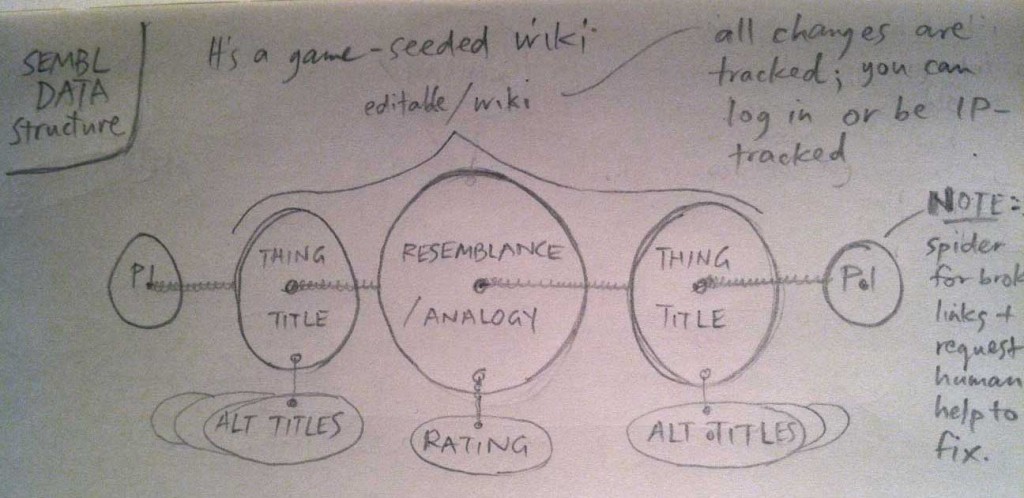
A resemblance and its rating are at the centre of two items comprising title/s and a link to their location.
The data is generated in the game and editable via a wiki, so we are also likely to capture metadata about who created it (username or IP address), and possibly also when, where etc – but those few fields form the foundation.

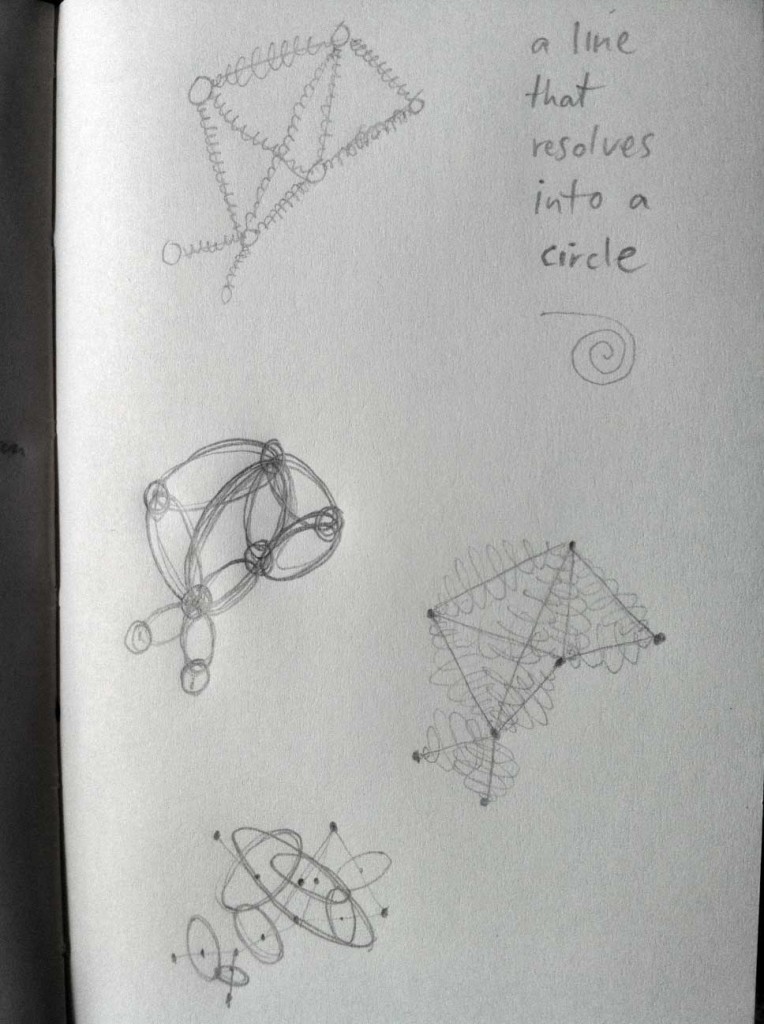
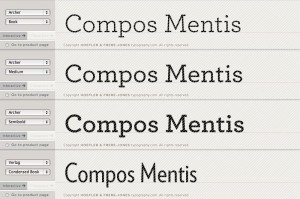
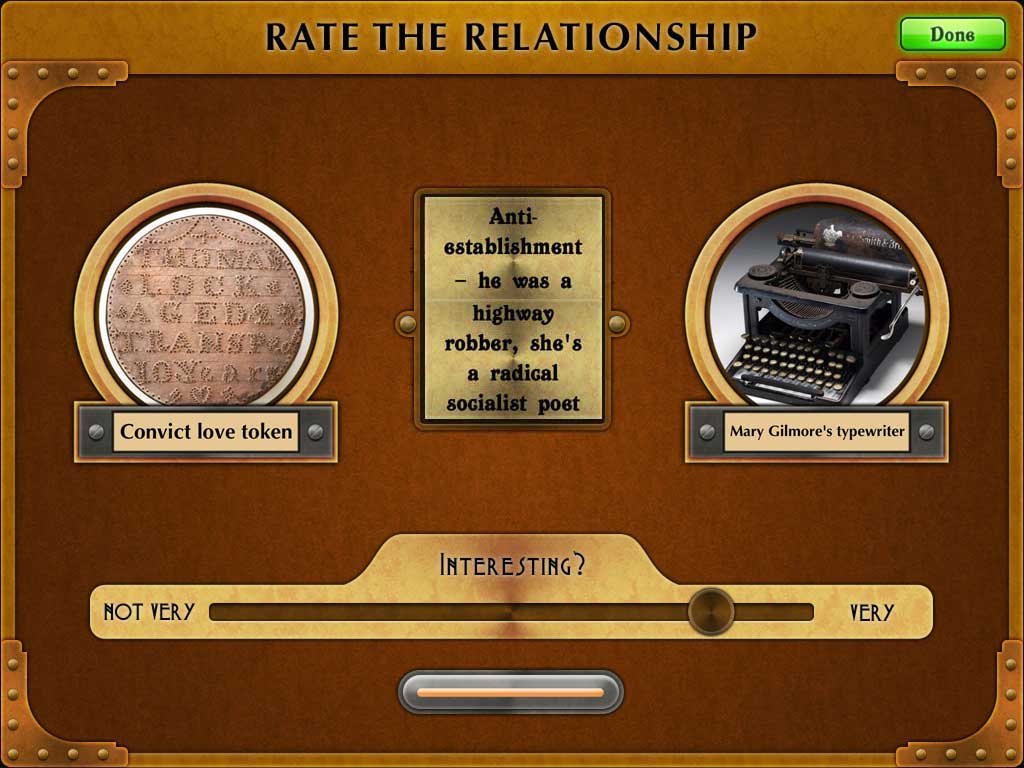
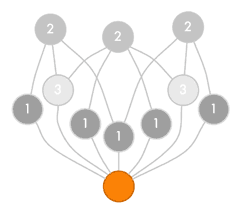
i’m trying to imagine what you’ve diagrammed as circuits and coils… other metaphors come to mind… nodes as signal broadcasting entities… fields generated at nodes, focal & global… and mushroom spores projecting mycellial filaments… still, some actual games with played tokens might be useful.
Thank you, Ken, for sending me down a filament to this image
from here where I met Paul Stamets, TED talker on
It feels very right to have an organic model for visualising Sembl’s structure and interface.
Rhizomes, both in terms of plants and in philosophy? See the Google images for rhizome. A favorite concept of John Kellden’s.
via here
Ooh.
Whatever is in and/or or comes up with the design of our sweet marble planet and all that is in, on and around it has my unbounded admiration, & I’m trying for an apprenticeship.
Sweet Flag! (Cath’s picture) They’re the sweet rushes which the infant Moses was found amongst, in Biblical legend, whose essential oil formed part of the recipe, it is said, for the ancient Hebrew anointing oil (and contains quantities of TMA, a mescaline analogue listed in the Shulgins’ “PIHKAL”), and which were strewn liberally about on the floors of Old World dwellings through the classical and medieval ages up until people didn’t do this any more, and the root of which (where the essential oil of calamus is concentrated, but so are water-borne mercury and other industrial pollutants, so caution is advised) I’ve heard was chewed as a tobacco substitute by British nicotine addicts deprived of their weed during WW2, and which was used by the Cree Indians of northern Saskatchewan for its pleasantly euphoric and stimulant effects …
Very similar diagram on belonging (core of the circle), escape (the exiting spiral) and the outsider (the negative space around the spiral) in Deleuze and Gattari – A Thousand Plateaus and Capitalism and Schizophrenia. Also more that one chapter on rhizomes as a more useful organizing principle than trees and hierarchies.
The problem I keep running into is that I can conceive of the world, concepts or relations rhizomatically but am usually constrained to rigid hierarchical representations (excel spreadsheets, two dimensional graphs, filing systems…).